April 15, 2025 | 21:43 GMT +7
April 15, 2025 | 21:43 GMT +7
Hotline: 0913.378.918
April 15, 2025 | 21:43 GMT +7
Hotline: 0913.378.918
“Reality shows that if there is a new, closed and modern breeding process supported by local authorities in building and promoting the brand, many local pig breeds will not only be successfully restored but also can thrive, bringing very good income for the people and businesses ... ”
Origin and distribution: In Muong Te district, Lai Chau province.
Appearance characteristics: Muong Te Pig has jet black hair, a relatively large head, quite long and curved snout, wrinkled face, ears forward, saggy back and belly. Muong Te pig has 10-12 breasts. It walks on feet.
Prolificacy: in heat for the first time at 200 days of age, gives birth at 400 days of age. Average litter size and the number of weaners are 7.5 and 6.5 respectively. Birth weight: 0.4kg, weight after weaning: 4kg, weight at 8 months old reaches 46 kg.
Directions of use: Breed for specialty pork products.
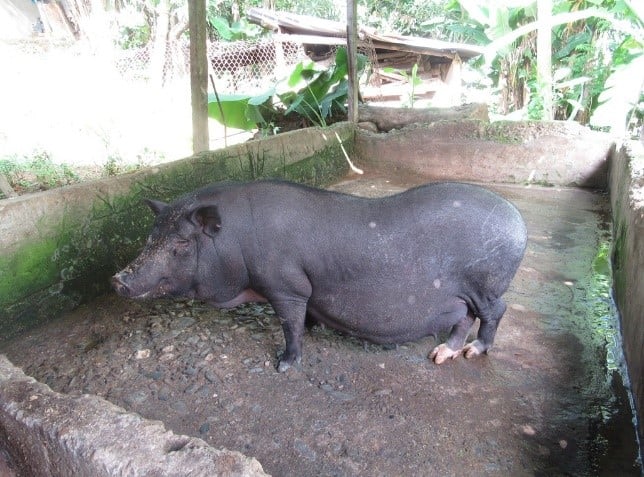
Origin and distribution: Lang Hong pig is originated in Bac Ninh, Bac Giang province and is generally raised in the delta and valley provinces of Cau River, Thuong River, and Luc Nam River.
Appearance characteristics: Lang Hong pig has similar appearance to Mong Cai pigs.
It has a black head and a white triangular in the middle of the forehead. Between its ears and neck there is sometimes a white streak extending to the belly and the four legs. The back and buttocks have a black mark extending to the tail and thighs. Sometimes it looks like a saddle, but sometimes it's just a normal black patch with irregular borders.
The head is medium sized, the muzzle is small and slightly long. The ears are large, upright and hanging forward. The neck is short. The back is long, wide, and saggy, sometimes even so that it forms wrinkles from the back to the belly. The belly is big and saggy, so the breasts are usually sweeping the ground.
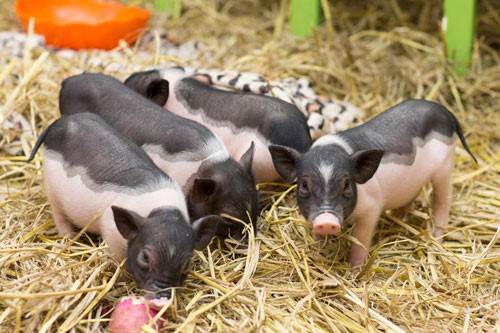
Pregnant pigs have sweeping breasts, nipples protruding, buttocks are broad and straight, the base of the tail is large and high. The four legs are medium and the belly is saggy, so they are low and weak. When walking, the toes are bunched up when young, then spread out when grown up. The hind nails can touch the ground. The hair is short and thin. The skin is light pink.
The muzzle is wet, the eyes are sharp, the tail is waving. There are 12 breasts, few have odd number of breasts or flat breasts. The breasts are generally vertically aligned and horizontally balanced. Being a fat-oriented pig, the fatter it is, the harder it moves. It walks on its feet, its breasts sweeping the ground.
Prolificacy: Lang Hong Pig gives birth to an average of 1.6 - 1.8 litters/sow/year; the number of live piglets is 10 - 12/litter. Newborn weight: 0.45 - 0.6kg. The weight at 10 months of age reaches 55 - 65 kg.
Direction of use: Usually used by the breeders as base sow.
Origin and distribution: Meo Vac district, Ha Giang province.
Appearance Characteristics: Black fur and skin, except for 6 white spots on the forehead, 4 legs and the tip of tail. There is no white saddle over the shoulder like Mong Cai pig. The hair is thick and short, the skin is rough, the ears are small, the muzzle is of medium length. The back is not sagging and the belly is not saggy like Mong Cai pig. The most outstanding feature of Lung Pu pig's appearance is the long white hair on the forehead forming an upwards vortex on the top of the head.
Prolificacy: Lung Pu black pig gives birth to an average of 1.5 - 1.6 litters/sow/year; The number of live piglets is 8-10/litter. Number of piglets after weaning: 7 - 9/litter. The birth weight is 0.45 - 0.6 kg. Lung Pu black pig has large stature. Weight can reach 90-100 kg at 10-12 months old and about 130-140 kg when mature.
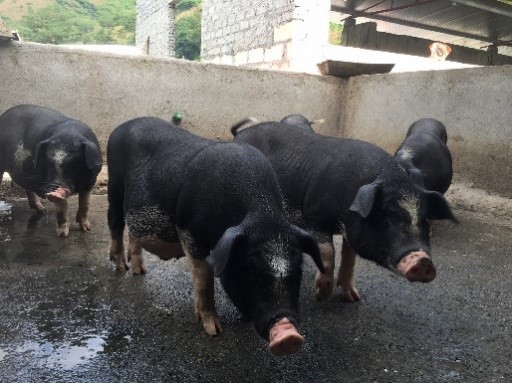

(VAN) The CGIAR’s Sustainable Animal and Aquatic Foods (SAAF) program represents a new approach that emphasizes the transformation of food systems toward sustainability.
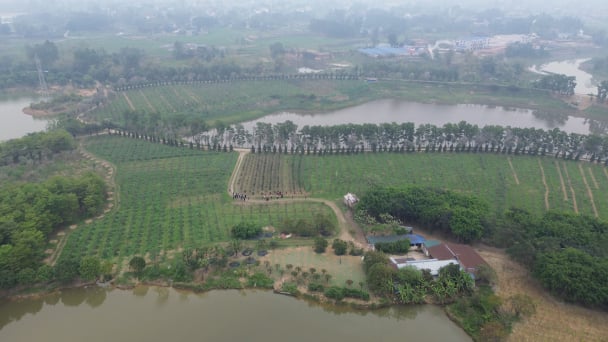
(VAN) Scientists assume that industrial agriculture has been 'outdated.' As a result, a comprehensive overhaul or a revolution in the direction of embracing ecological agriculture is needed.
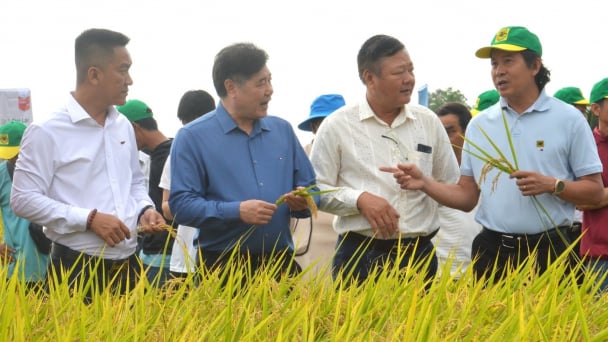
(VAN) The results from pilot fields are catalyzing the expansion of the One million hectares of high-quality, low-emission rice project in Kien Giang.
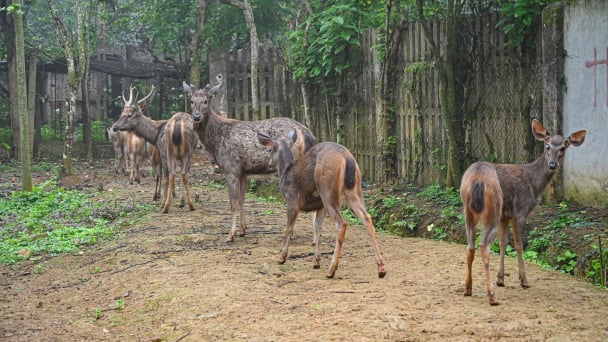
(VAN) On the morning of April 11, Cuc Phuong National Park received 18 individuals of endangered and rare wild animals from Da Nang city.

(VAN) FAO supports Vietnam in enhancing survey sampling techniques for the 2025 nationwide agricultural and rural census.

(VAN) By participating in the green transition, manufacturers become an indispensable part of the circular economy, contributing to resource optimization and environmental protection.
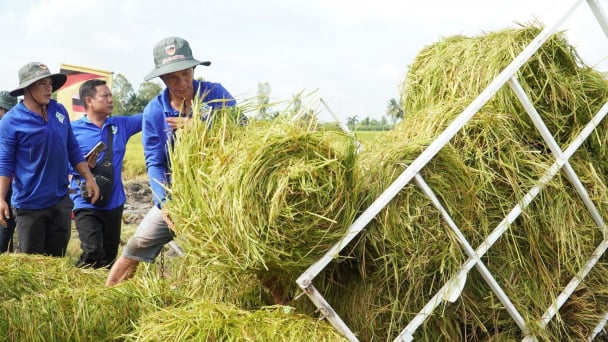
(VAN) The One Million Hectares of High-Quality and Low-Emission Rice Program can generate nearly 14 million tons of straw annually, posing an urgent requirement to diversify straw-based products.